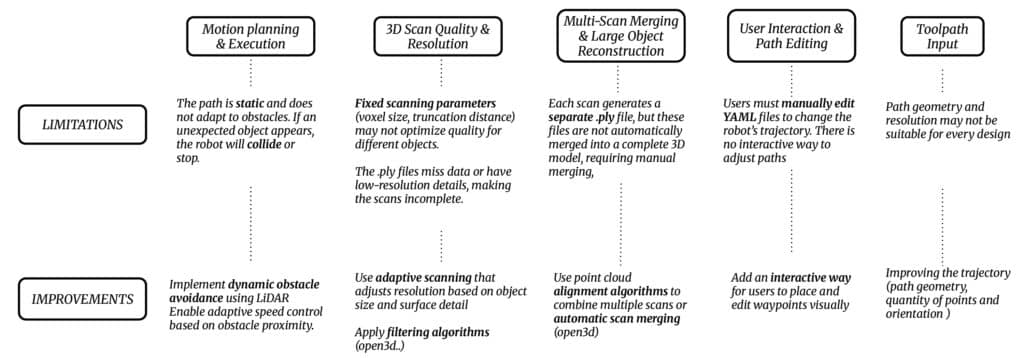Github : https://github.com/j-albo/scanning-wood-waste
INTRODUCTION
Currently, only 15% of wood waste is recycled globally, while up to 60% of felled trees remain unused. Many irregular pieces that do not meet industrial standards are discarded without leveraging their structural and aesthetic potential.
Our goal is to rethink these waste materials through scanning, analysis, and digital transformation, converting them into adaptable and structurally viable architectural materials.

Our goal is to rethink these waste materials through scanning, analysis, and digital transformation, converting them into adaptable and structurally viable architectural materials.
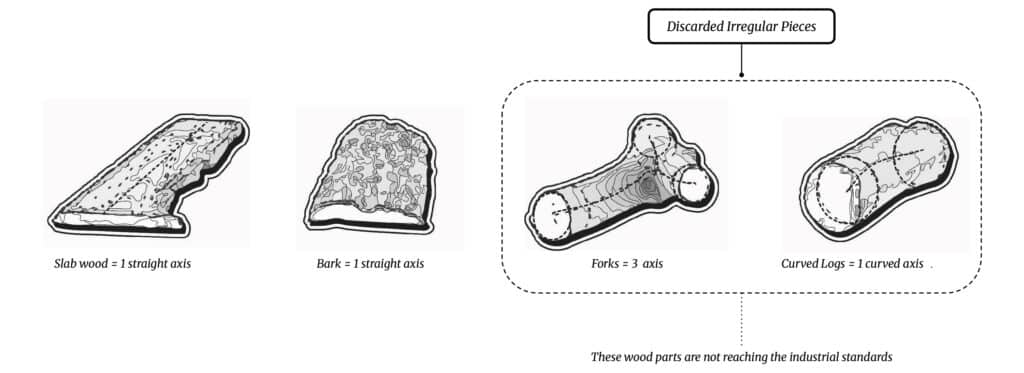
Repurpose discarded wood by transforming and reshaping non-standard logs into structural and adaptable architectural materials.
To be able to use and transform non-standard wood, we first need to scan and understand its anatomy and internal composition.

WORKFLOW
- Scanning Methods:
- Photogrammetry and LIDAR: Capture the irregularities of logs and analyze their fibers, axes, and structural properties.
- Computer Vision and Stereo Vision: Complement the three-dimensional analysis of discarded wood.
- Transformation Workflow:
- Modeling with Grasshopper and Polycam 3D Scanner: Generate meshes from initial scans.
- Optimization of Scanning Trajectory: Plan the ideal path to accurately capture the geometry of each piece.
- Data Conversion for ROS and MoveIt!: Transform scan coordinates into trajectories for simulation and robotic manipulation.

SCANNING TOOLPATH

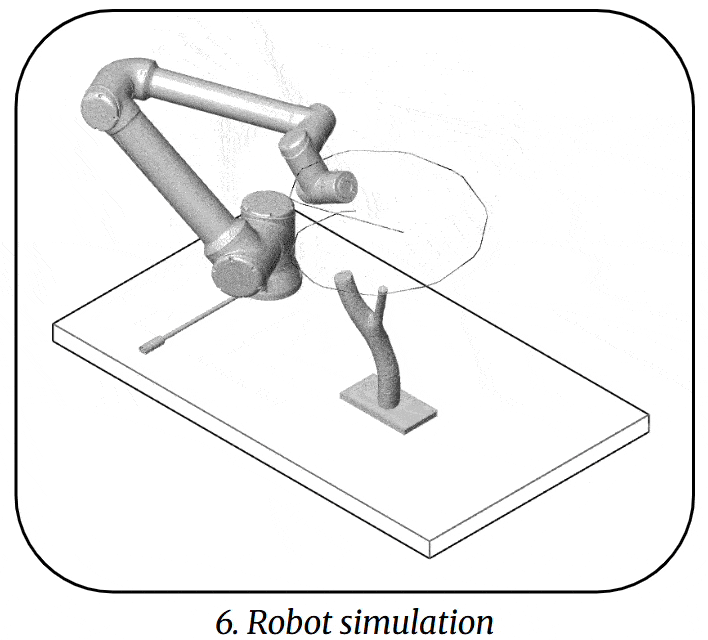
ROS INTEGRATION
key part of the project is integrating with ROS (Robot Operating System) for the automated processing and manipulation of wood pieces.
- Setting Up the Environment:
- Import necessary libraries for ROS and MoveIt!.
- System initialization and sensor calibration.
- Simulation and Trajectory Planning:
- Creating scanning trajectories using circular bounding boxes.
- Generating waypoints based on the positions and orientations of each piece.
- Validation and adjustment in MoveIt! and RVIZ to ensure the accuracy of digital transformation.

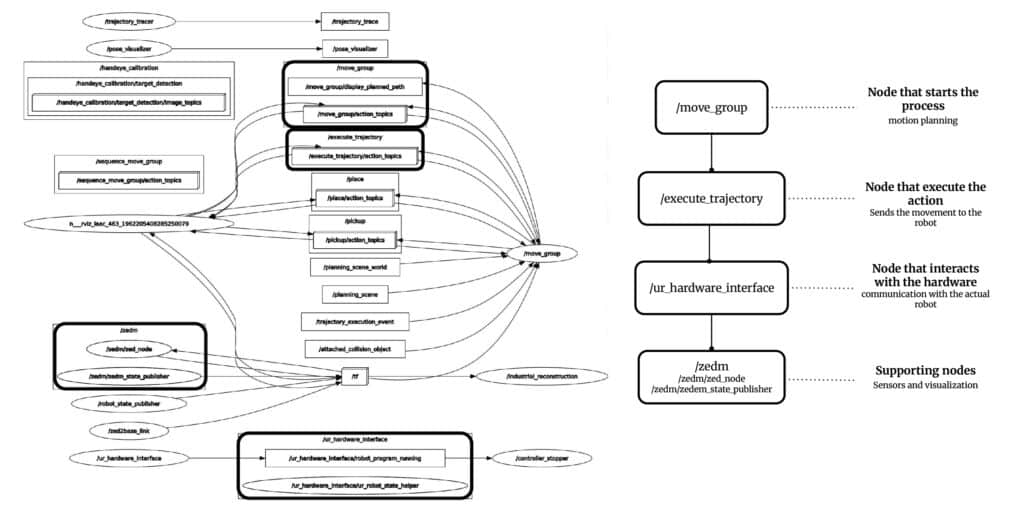
SCANNING
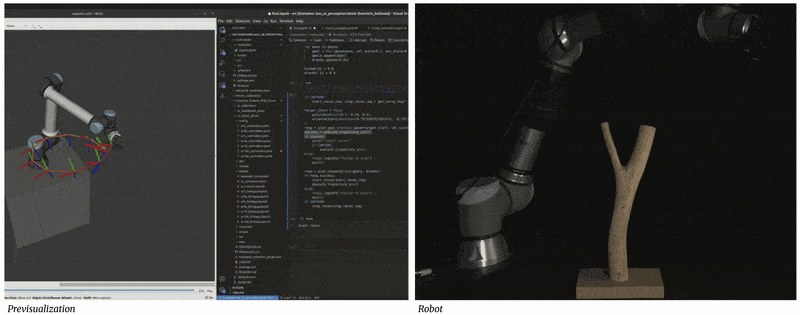
COMPARISON
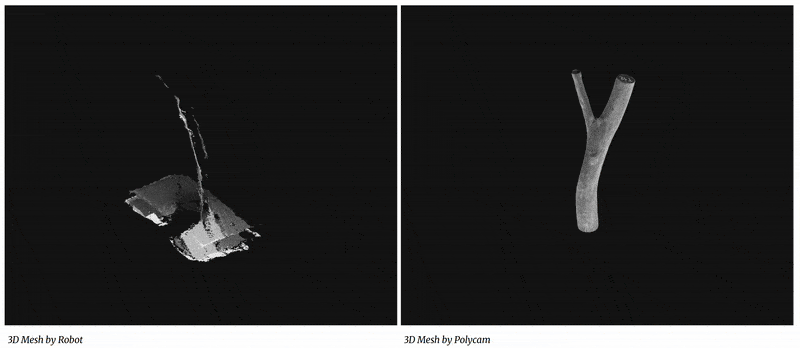
FURTHER STEPS
This project demonstrates how the combination of scanning technologies, computer vision, and robotics can redefine the use of discarded materials in construction. By transforming wood waste into viable structural components, we not only reduce environmental impact but also open new possibilities in adaptable and sustainable architectural design.
The future of digital construction lies in the intelligent reuse of materials, and this project is a clear example of how technology can be a catalyst for innovation in architecture.
